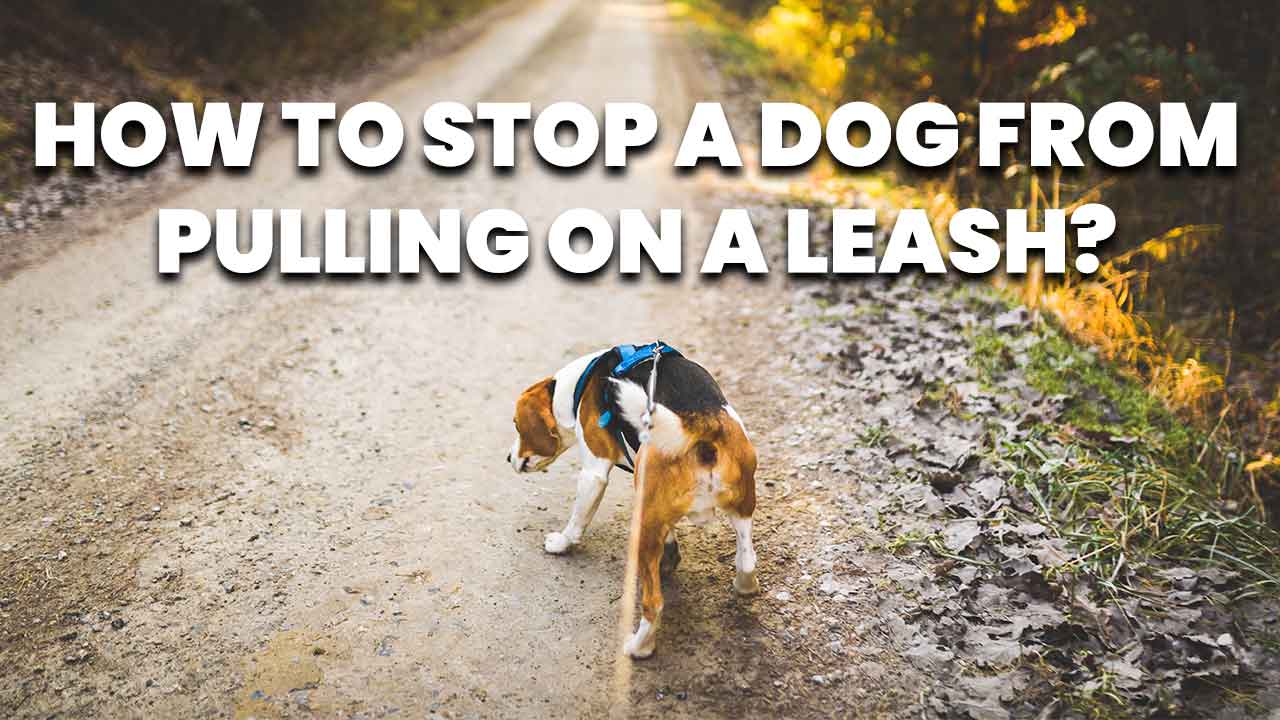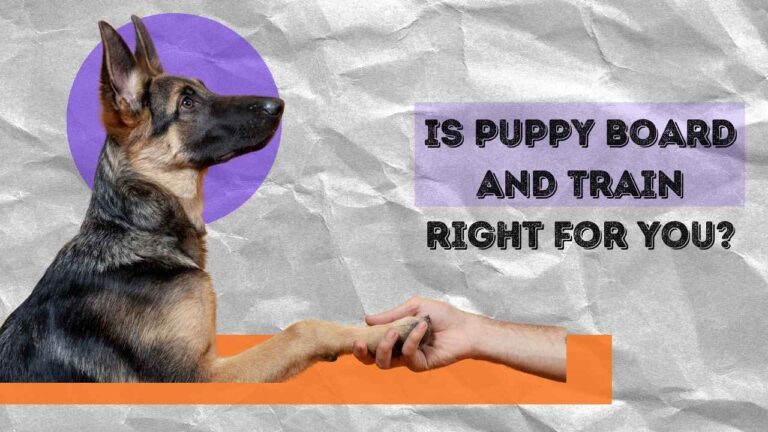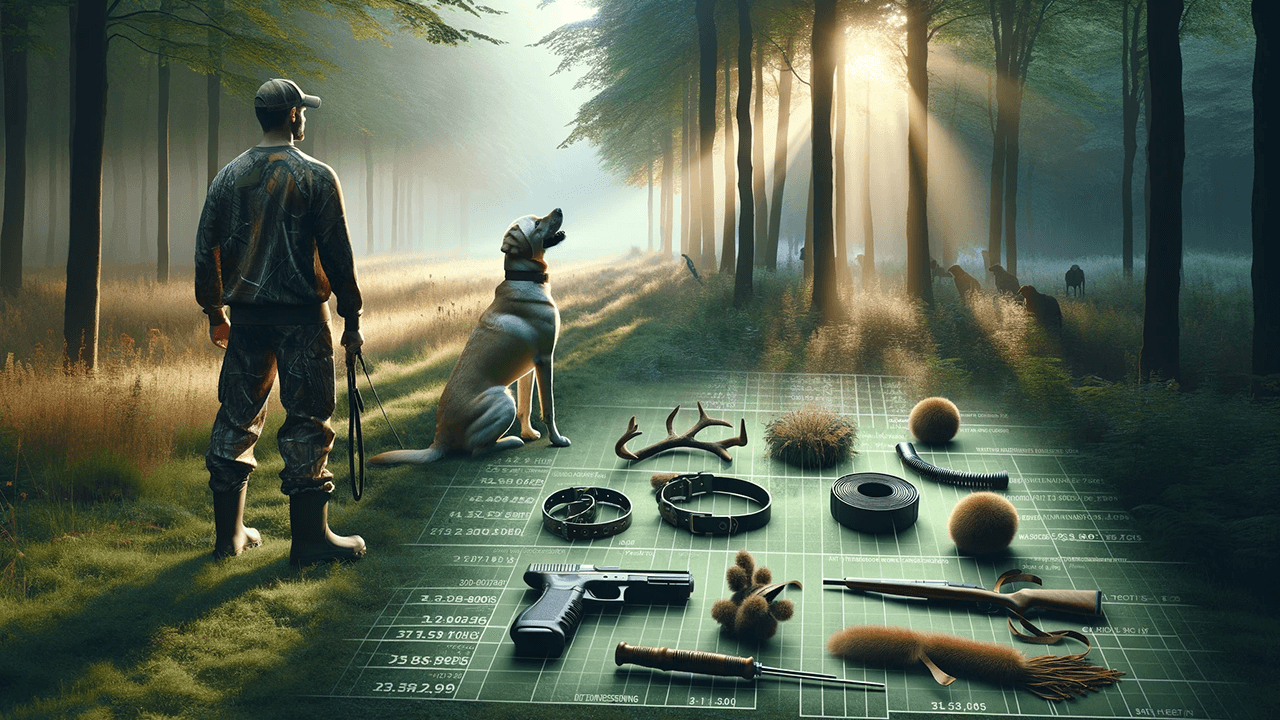How to Stop a Dog from Pulling on a Leash
Table of Contents
Key Takeaways: How to Stop a Dog from Pulling on a Leash
| Key Point | Details |
|---|---|
| Understanding the Behavior | Insight into why dogs pull on leashes and its implications |
| Training Techniques | Various methods to train your dog not to pull |
| Recommended Tools | Tools and equipment that can aid in training |
| Advanced Training Options | Information on specialized training methods |
| Health and Safety Tips | Ensuring the well-being of your dog during training |
Dogs pulling on leashes is a common issue faced by many pet owners. It can be frustrating, and at times, dangerous. Understanding why dogs pull and how to effectively train them to stop this behavior is crucial for a harmonious walking experience.
Understanding Why Dogs Pull on Leashes
Dogs may pull on their leashes for various reasons. It could be due to excitement, an eagerness to explore, or a lack of proper leash training. In some cases, it might be a response to fear or anxiety. Understanding these reasons is the first step to address the problem effectively.
Training Techniques to Prevent Leash Pulling
- Start with Basic Commands: Establishing basic commands like ‘sit', ‘stay', and ‘come' is essential. These commands form the foundation of any successful training regimen.
- Leash Training: Gradually introduce your dog to a leash. Begin in a familiar, distraction-free environment. As your dog gets comfortable, you can gradually increase the level of distractions.
- Positive Reinforcement: Reward your dog for good behavior. Treats, praises, and petting can encourage your dog to walk calmly by your side.
- Consistent Training Sessions: Regular training is key. Short, frequent sessions are more effective than long, infrequent ones.
- Use of Appropriate Equipment: Certain tools like no-pull harnesses or head collars can help control and reduce pulling. Read more about effective tools in our article on 10 Best Dog Muzzles.
Advanced Training Techniques
For dogs that continue to pull despite basic training, consider advanced techniques:
- Smart X-50 Dog Training: This method involves advanced training techniques that can be particularly effective. Learn more about it here.
- Training Classes or Professional Help: Sometimes, enlisting the help of a professional can make a significant difference. Personal Protection Dog Trainer can provide specialized training for your dog.
Health and Safety While Training on How to Stop a Dog from Pulling on a Leash
Ensuring your dog's health and safety during training is paramount. Be mindful of the physical strain that pulling can cause both on the dog and the owner. Consult a veterinarian if you notice any signs of discomfort or injury in your dog.
Recommended Tools for Training on How to Stop a Dog from Pulling on a Leash
| Tool | Description |
|---|---|
| No-Pull Harness | Designed to discourage pulling by providing gentle pressure |
| Head Collar | Helps gain better control over your dog’s movements |
| Training Treats | Small, tasty treats to reward good behavior |
Customizing Training to Your Dog's Needs
Every dog is unique, and understanding your dog's specific triggers for pulling can make training more effective. Here's how to tailor your approach:
- Identify Triggers: Observe what causes your dog to pull. Is it other animals, people, or specific situations?
- Gradual Exposure: Slowly introduce your dog to these triggers in a controlled manner, rewarding calm behavior.
- Distraction Techniques: Use toys or treats to divert your dog's attention away from the trigger.
- Consistent Correction: Gently correct the pulling behavior every time it occurs to reinforce learning.
The Role of Exercise in Reducing Leash Pulling
Adequate exercise is crucial in managing a dog's energy levels. Dogs that are well-exercised are less likely to pull on the leash due to excess energy.
Exercise Tips to Reduce Leash Pulling
| Exercise Type | Benefit |
|---|---|
| Regular Walks | Helps in expending pent-up energy |
| Playtime | Engages your dog’s mind and body |
| Training Games | Combines physical exercise with mental stimulation |
Incorporating Fun into Training
Making training enjoyable can significantly enhance its effectiveness. Consider these ideas:
- Interactive Games: Use games like fetch or tug-of-war as part of the training to teach your dog to respond even when excited.
- Adventure Walks: Change your walking routes to keep your dog mentally stimulated and less focused on pulling.
- Socialization: Allow your dog to interact with other dogs in controlled environments. This can help in managing their excitement around other animals.
Dealing with Persistent Pulling
For dogs that continue to pull despite your best efforts, here are some additional strategies:
- Seek Professional Help: If you're struggling, consider consulting a professional trainer. Dog Reactivity Quiz can help you determine if professional help is needed.
- Advanced Training Methods: Explore advanced training options like IGP Dog Training for more structured and intensive training programs.
Advanced Resources for Further Training
For those seeking more in-depth information and advanced techniques, the following resources can be invaluable:
- Specialized Training Programs: Consider enrolling in specialized training programs like Scent Train a Service Dog for advanced obedience and leash skills.
- Online Courses and Webinars: Online resources such as Smart X-50 Dog Training offer flexible learning opportunities.
- Books and Guides: Look for books written by reputable trainers that provide step-by-step instructions on leash training.
Conclusion and Next Steps
Training a dog to stop pulling on a leash is a process that requires time, patience, and the right approach. By understanding your dog's behavior, using appropriate training techniques, and ensuring they get enough exercise, you can enjoy stress-free walks. Look forward to the final generation of this article, where we will explore additional resources and provide final thoughts on leash training your dog.
Final Thoughts on Leash Training
Leash training is an essential aspect of responsible dog ownership. It not only makes walks more enjoyable but also ensures the safety of your dog and others around you. Remember, patience and consistency are key. Don't get discouraged if progress seems slow; every dog learns at their own pace.
Summary of Key Strategies
| Strategy | Description |
|---|---|
| Understand Your Dog | Tailor training to your dog’s specific needs and triggers |
| Use the Right Tools | Equip yourself with no-pull harnesses, head collars, and treats |
| Consistent Training | Regular, short training sessions are more effective |
| Exercise | Ensure your dog gets enough physical and mental exercise |
| Seek Professional Help | Don't hesitate to consult a professional if needed |
Additional Tips
- Health Check: Ensure your dog is physically fit for training. Some pulling issues may be related to underlying health problems.
- Reward Good Behavior: Positive reinforcement is crucial. Reward your dog for walking calmly beside you.
- Avoid Punishment: Negative reinforcement can lead to fear and anxiety, which can exacerbate the problem.
Further Reading
For more insights on dog training and behavior, explore our other articles:
- How to Train a Dog to Ignore Distractions
- Dog Only Listens When I Have Treats
- How Much is K9 Dog Training
Training your dog to walk nicely on a leash is a rewarding journey that strengthens the bond between you and your furry friend. With the right approach, tools, and dedication, you can achieve a peaceful and enjoyable walking experience.







